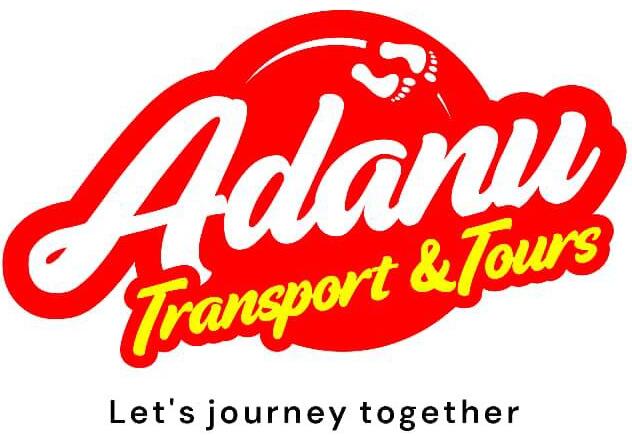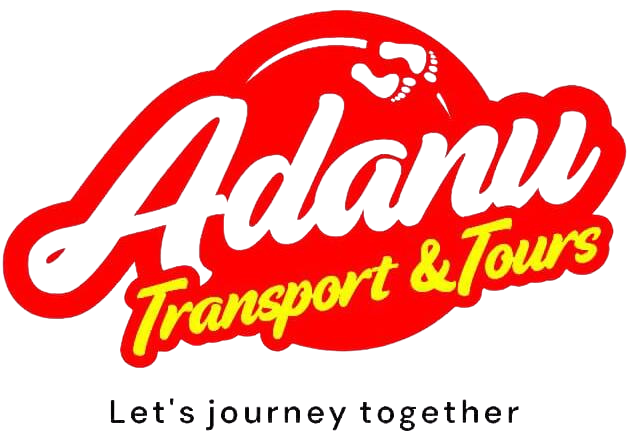Elmina Castle
Elmina Castle
Elmina Castle, located on the coast of Ghana in the Central Region, is one of the most important and haunting historical monuments in Africa. It was built in 1482 by the Portuguese under the leadership of King John II, making it the very first European trading post constructed on the Gulf of Guinea and the oldest European building still standing south of the Sahara.
Originally, it was intended as a fortified trading settlement for gold, ivory, and spices, and the Portuguese called it “São Jorge da Mina,” meaning “St. George of the Mine,” reflecting the region’s wealth in natural resources.
For decades after its construction, the castle served mainly as a center for the gold trade, with Portuguese ships transporting immense wealth back to Europe. However, as European demand for enslaved labor grew in the 16th century, Elmina Castle became increasingly central to the trans-Atlantic slave trade.
What had once been a fort for trade in goods gradually transformed into a hub for human trafficking. Thousands of African men, women, and children were captured from across West Africa, imprisoned in the dark dungeons of Elmina, and then forced onto ships bound for the Americas and the Caribbean.
The castle’s architecture reflected this grim purpose. Beneath the gleaming whitewashed walls were underground dungeons where enslaved Africans were kept for weeks or even months under inhumane conditions.
They were packed tightly into suffocating spaces with little food, water, or sanitation, while above them, European governors and merchants lived in relatively luxurious quarters. The infamous “Door of No Return” opened from the dungeons directly to the sea, where captives were led onto waiting slave ships, never to return to their homeland again.
In 1637, Elmina Castle was seized from the Portuguese by the Dutch after a fierce battle, and it remained under Dutch control for nearly 275 years. During this period, the Dutch West India Company made Elmina one of the most important slave trading centers on the West African coast.
Tens of thousands of enslaved Africans passed through its gates, destined for plantations in the Americas. The trade brought enormous profits to the Dutch and devastating loss and suffering to African communities.

